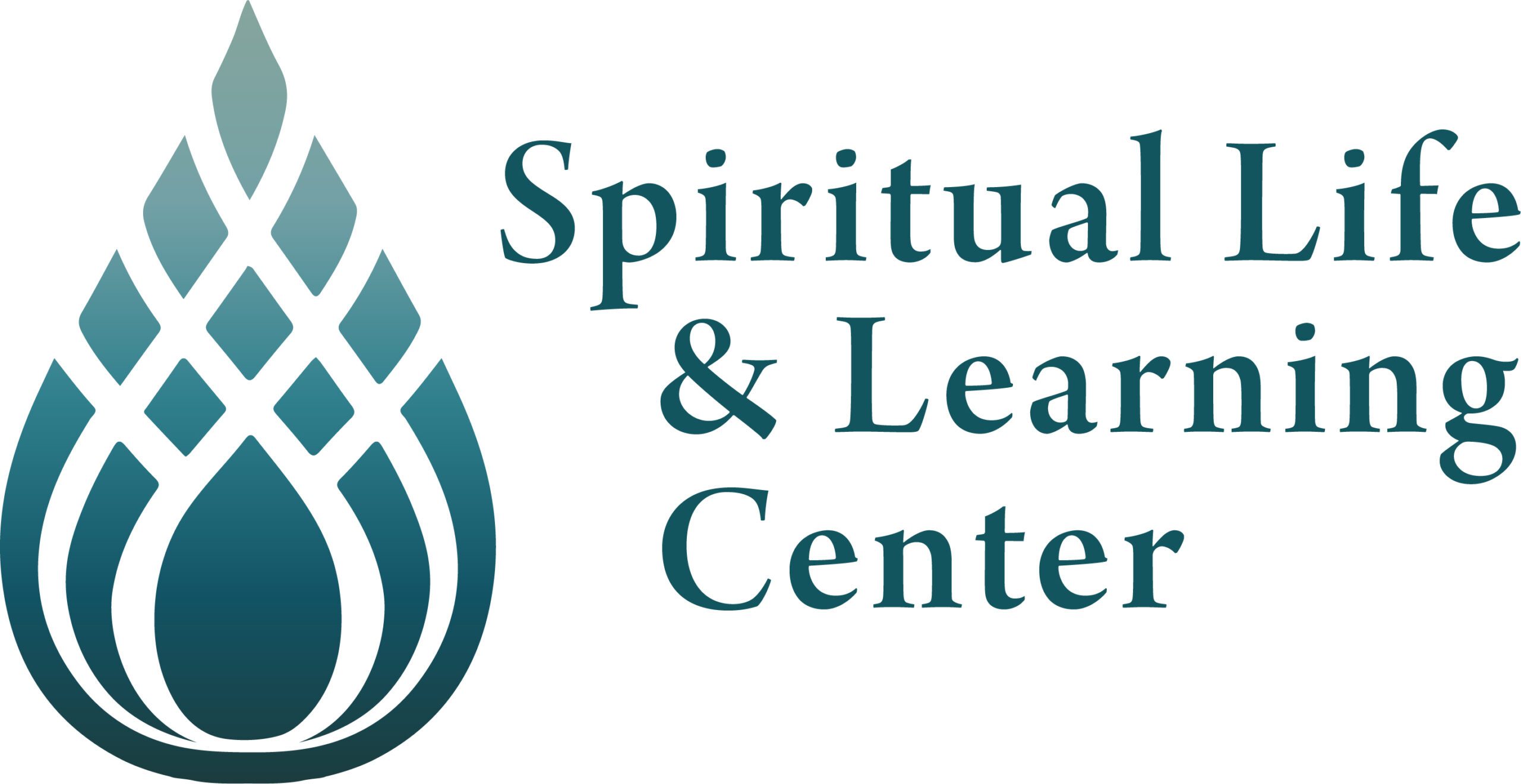Christy Caine is starting a new column this month on “Understanding Fundamentalism,” arising out of so much interest in her two-part Burkhart Center series.
Christy, past director of The Burkhart Center, is uniquely qualified to help us understand this phenomenon from the inside, as it were. She was raised in a Christian fundamentalist home, and she’s spent many years both moving away from fundamentalism into a new understanding of Christian, and religious, faith in line with the theologically open and Interspiritual orientation of The Burkhart Center. She has also done extensive research and writing in this arena.
I did not have that kind of background, so I’ve relied on Christy to help me understand the fundamentalist phenomena. I did not have to make the same theological leap from what Christy describes as the highly authoritarian and anti-intellectual, anti-questioning nature of fundamentalist religion. My mother was raised in the more theologically liberal, democratically organized Congregational Church in northern Wisconsin (part of what became the UCC, The United Church of Christ) and my father, from an even smaller northern Wisconsin town than my mother, grew up in the theologically traditional and decidedly German denomination, the Evangelical United Brethren Church. And although my mom was the more religiously devout of my parents, not surprisingly for that time, my brothers and I were raised in the EUB church in Aurora, Illinois, a large urban city west of Chicago. The year I graduated high school, the EUB Church merged with the Methodist Church to become the “United” part of The United Methodist Church, a moderate location between the UCC and the EUB.
I attribute my spiritual heritage to both the mystical path that was German Pietism and the American Transcendentalist movement growing concurrently with congregationalism out of the same northeast United States. Finally, I trace my spiritual lineage also in Celtic mysticism which is entirely consonant with the nature-based mysticism of our First Peoples, deeper than that even of the Transcendentalists. Our Native spirituality is the grounding that all of us immigrants to America have of the indigenous spiritual tradition that sprouts within us through the sacred earth known by our First Peoples, whose sacred land and spirit traverse every part of this country.
My major struggles on the journey have not been theological ones—my learnings and experience along my life—religious, secular, philosophical—have led to a kind of “natural” welcoming of continued investigation, reevaluation and realignment of my faith to prioritize the love of truth over dogma, justice over conformity, along with an experience-based rationality. Where I struggle is in bringing liberation to the psychological dimensions of my soul that would integrate the outer focus of search for truth and justice and awareness of experience with the inner dynamics of psyche. The true meaning of “psyche” is “soul” or “spirit” and we still have only a little more than 100 years of depth psychological understanding with which to contend and then to integrate in the maturation of our souls.
Therefore, I am curious to investigate the psychological-spiritual dimensions of Christianity and other religious traditions and humanistic paths. Lately, for instance, I’ve allowed my energy to re-engage the depth psychology of Carl Jung, reading for the first time his classic Answer to Job, of post-Jungians like James Hillman, while also reclaiming a grounding in Neoplatonism, rediscovering the spiritual power that lies within both newer and more ancient traditions. More than many of the early depth psychologists, Jung grasped the transcendent side, and meaning of the unconscious, the reality of which, in itself, was a major contribution of Freud. Maybe because Jung was a preacher’s kid and steeped in Lutheran Protestantism, he was more steeped in looking to the spiritual dimensions of soul.
This psychological-spiritual dimension of faith and soul is what drew me to the Diamond Approach, which has become my primary path, practice, and teaching, as a mystical path having great compatibility with the way of Jesus. In past years, I’ve begun taking up the Catholic reference to Jesus as “The Sacred Heart” as a summation of this full embracing of our humanity and our own hearts in order to express more completely in the world the compassionate way Jesus asks us to follow.
Everyone has their own unique resonances with how they’ve moved along in their spiritual journey.
Rev. David Hett is the Dean of The Burkhart Center





